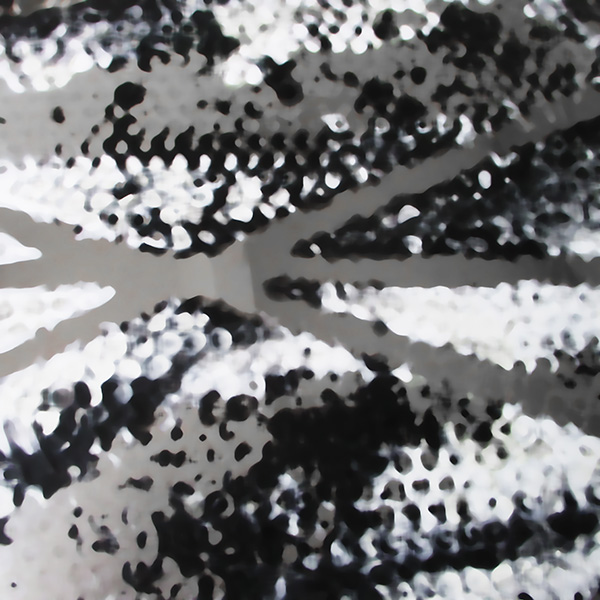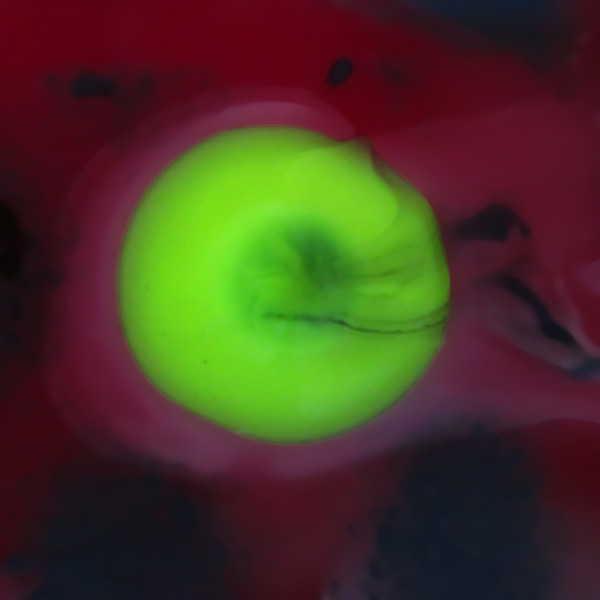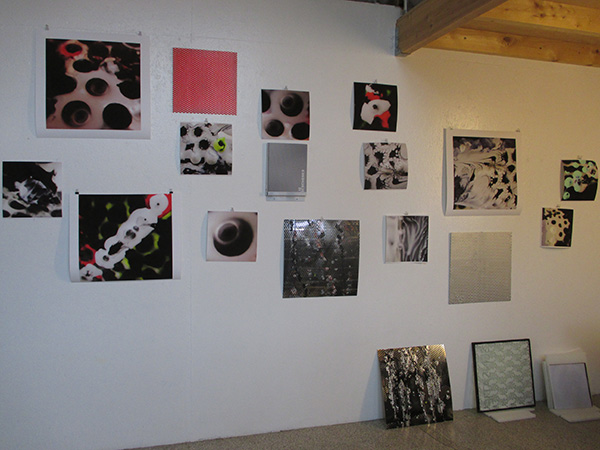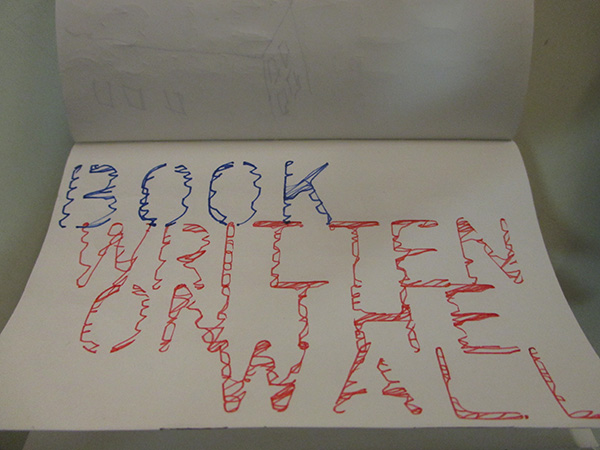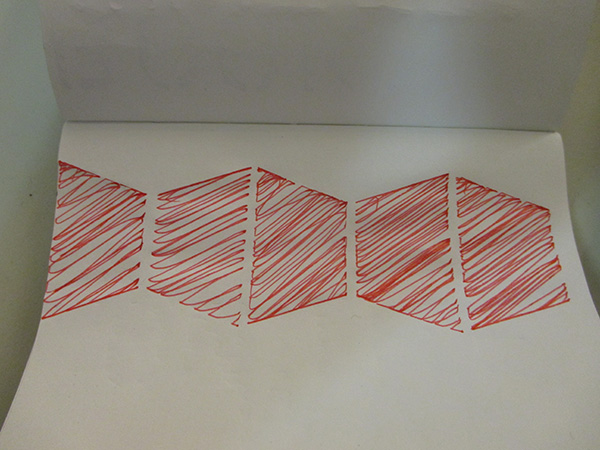The Aesthetic Model: Nomad art
Op pagina 572 van A thousand Plateaus schrijven Deleuze & Guattarie over haptic without touching, haptic space, ervaringsruimte. Het oog kan meer dingen dan het visuele waarnemen.
Dat toont zich ook in het werk van Robert Irwin denk ik meteen.
Kunst is bij uitstek het terrein van de smooth and striated.
Kunst is smooth en de kunstwereld is striated bij uitstek. Kunst kent geen grenzen, beperkingen. De kunstwereld (academies, musea, galeries etc) is volledig geconcentreerd in opdelen, afbakenen, verdeel en heers, bekrompenheid, onvrijheid. Het is striated in zijn extreemste vorm. Zelfs de ervaring van het werk moet beperkt worden. Het kunstwerk wordt omschreven, uitgelegd, ingedeeld, onschadelijk gemaakt.
In smoooth space is er geen lijn tussen aarde en hemel, in striated space is die wel nodig.
De kunstwereld heeft de kunst nodig maar enkel om in te pakken, er een product van te maken.
